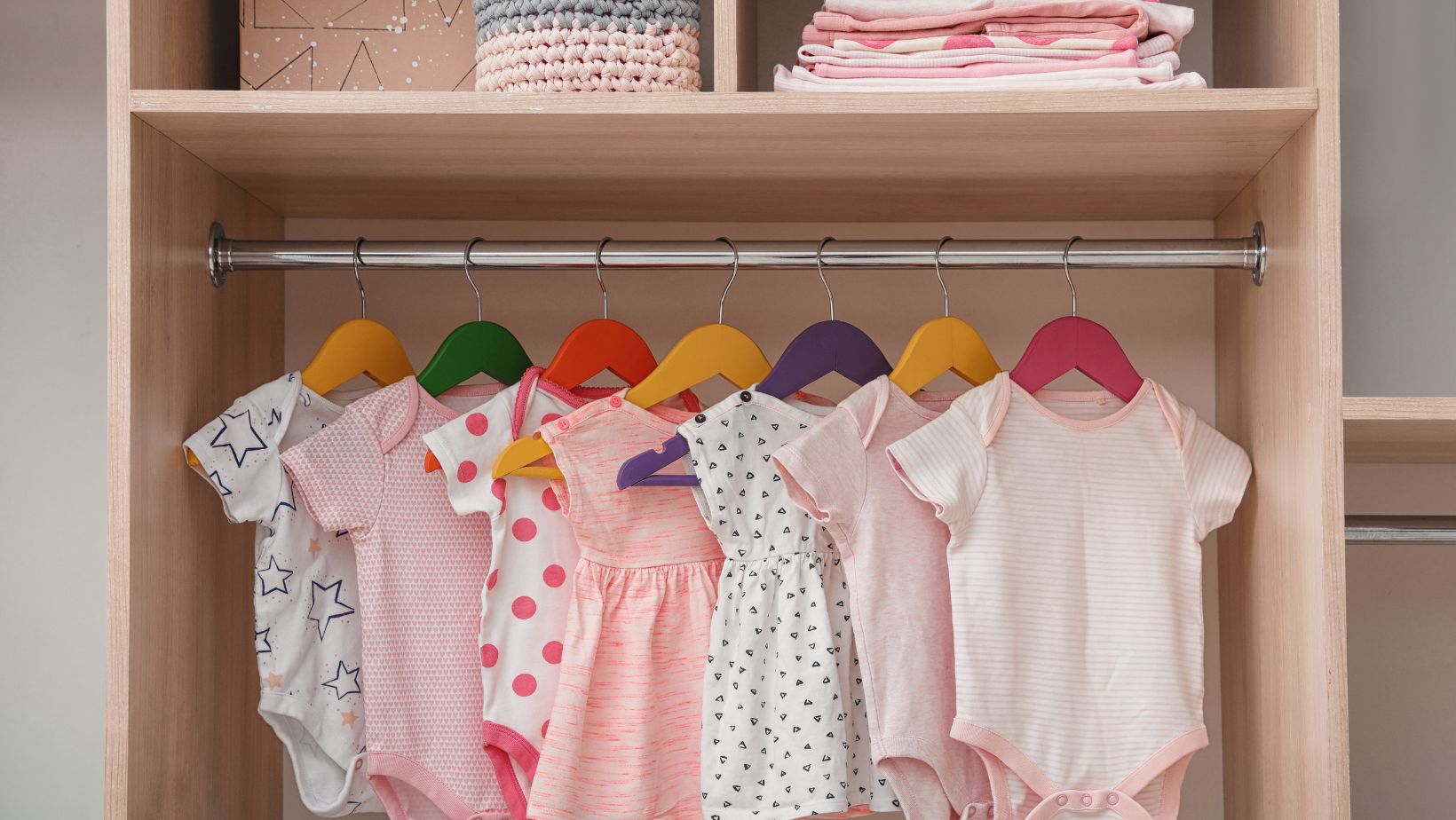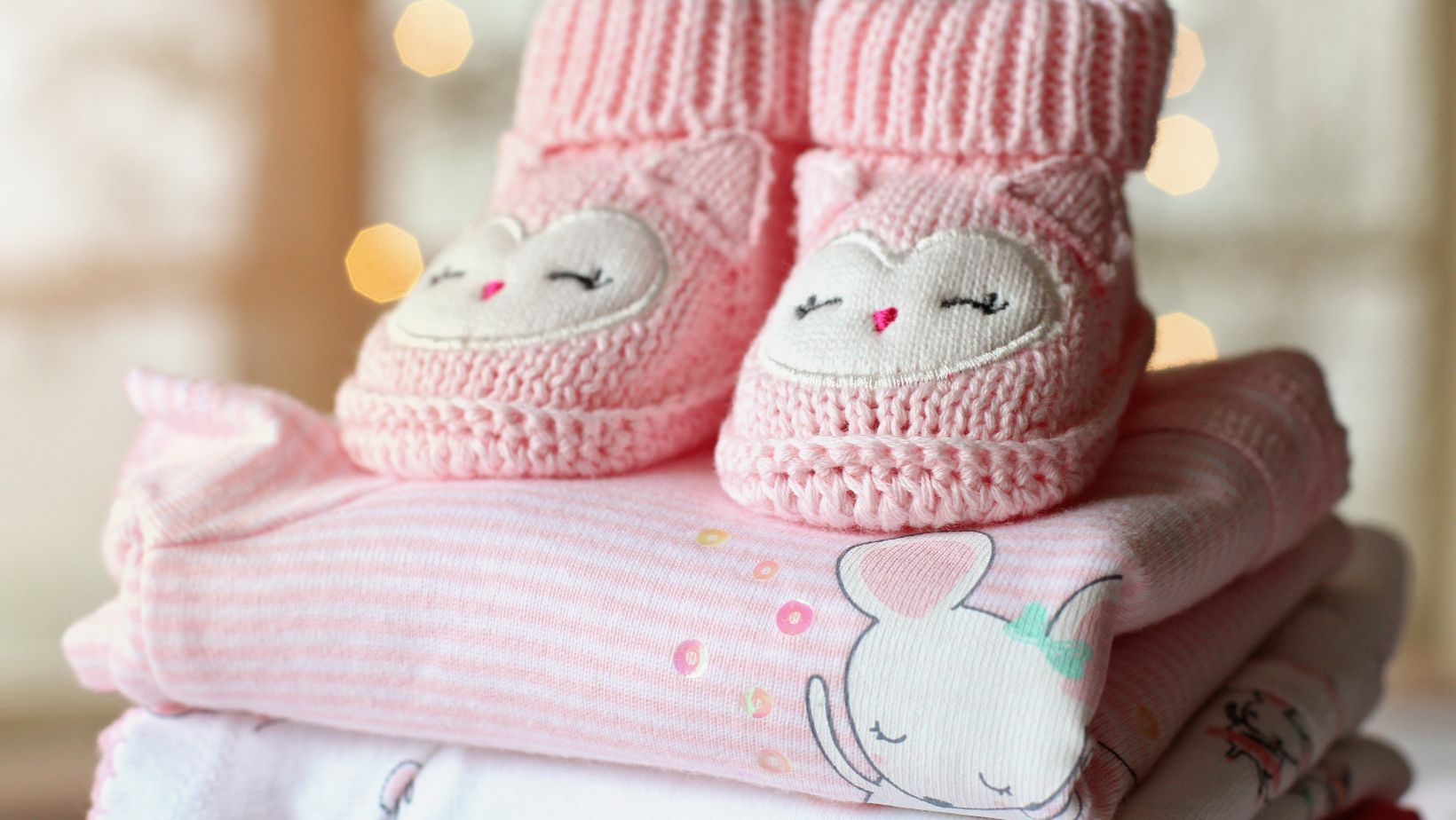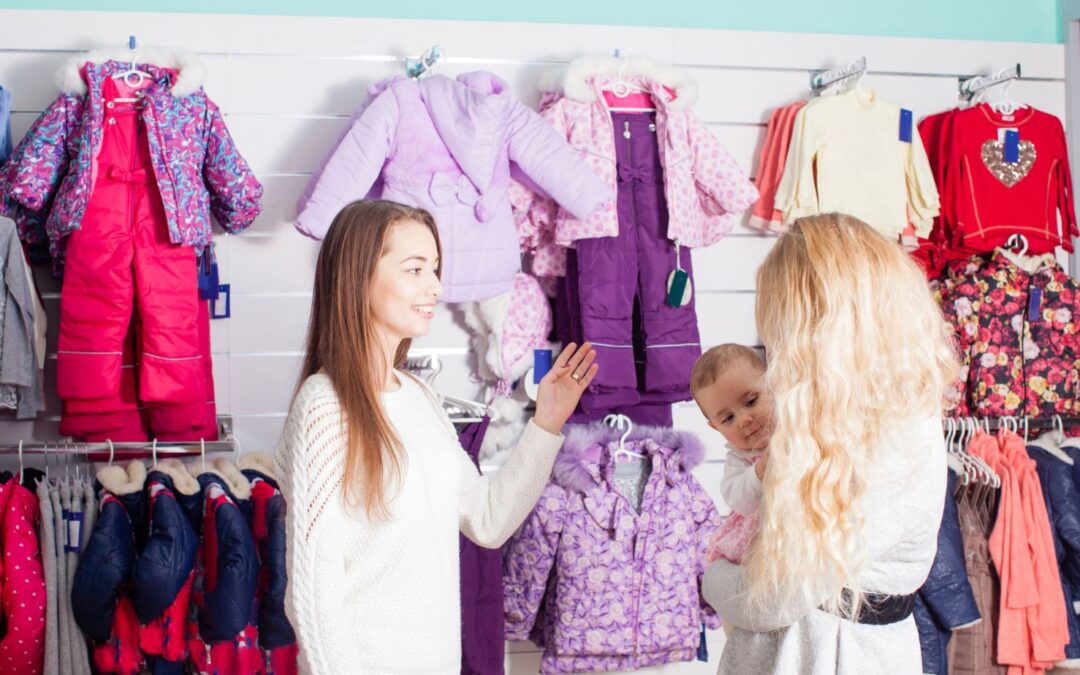When it comes to parenting, every little detail counts, especially when preserving baby gear for future use or for younger siblings. Climate-controlled storage units offer an ideal solution, maintaining a constant temperature and humidity level to protect delicate items from harsh conditions. Imagine safely tucking away everything from your baby’s first woolen sweater to the cherished bassinet, ensuring they remain in pristine condition. This blog will explore how climate-controlled storage can be a strategic choice for parents, helping to safeguard those precious baby items that carry sentimental and practical value.
Why Climate Control?
Storing baby gear in a typical garage or attic might expose items to fluctuating temperatures and damp conditions, which can cause warping, mold, or irreversible damage. By opting for climate controlled storage in Norfolk, parents can ensure that sensitive materials, such as the soft fabrics of baby clothes and the complex components of electronic toys, are kept in conditions that prevent deterioration. Maintaining a stable environment is crucial for items like strollers and car seats, which are essential for baby’s safety and are often used again for younger siblings. Ensuring these items are stored in optimal conditions helps preserve their quality and longevity, making climate-controlled storage a wise investment for growing families.
Note: Climate-controlled units typically maintain temperatures between 55°F and 85°F, ideal for protecting delicate items.
What to Store
When deciding what baby gear to store in a climate-controlled unit, it’s important to consider items that are particularly susceptible to temperature changes and humidity. Parents find these units perfect for preserving:
- Wooden cribs and changing tables: Prevents warping and wood damage.
- Electronic toys: Shields circuits and batteries from extreme temperatures.
- Clothing: Keeps fabric from mildewing or fading.
- Books and paper items: Prevents pages from yellowing and sticking.
- Leather goods: Protects from cracking and peeling.
Storing these items in a climate-controlled environment helps ensure they remain in excellent condition, ready for future use or as keepsakes. For more information on what should be stored under controlled conditions, visit Smithsonian’s Conservation Guidelines.

An expert in textile preservation mentioned, “Climate control is essential for extending life and maintaining the integrity of sensitive materials.”
Safety Benefits
Utilizing climate-controlled storage for baby gear not only keeps items in prime condition but also significantly reduces health risks associated with mold and mildew. These environments maintain low humidity levels, which is crucial for preventing the growth of fungi and bacteria on items like mattresses, stuffed animals, and fabric-based toys. This aspect is particularly important as these contaminants can pose respiratory risks to babies and young children who are more susceptible to air quality issues. An expert in pediatric health emphasizes the importance of maintaining items in a clean state to prevent allergic reactions and other health issues.
Research Insight: A study by the Environmental Health Institute found that controlled environments can reduce the potential for mold growth on stored items by up to 75%, highlighting the critical role of climate control in safeguarding children’s health.
Organizing Tips
Effective organization within a climate-controlled storage unit can significantly ease the process of storing and retrieving baby gear. Here are a few strategies to maximize the use of space while ensuring easy access and preservation of items:
- Label Everything: Clear labeling of boxes and containers can save time and frustration when looking for specific items, especially when you need to find something quickly.
- Use Clear Bins: Opting for transparent storage bins allows you to see the contents without opening them, protecting items from exposure while keeping them easily identifiable.
- Strategically Place Items: Place frequently used items like seasonal clothing and toys near the front of the unit for easy access, while less frequently needed items like newborn gear can be stored further back.
For families planning a move, moving companies in Fort Lauderdale, FL can provide additional resources and services to help transport and store your belongings efficiently. Proper organization not only makes the storage unit more functional but also helps in maintaining the condition of stored items.
Comparing Costs
When evaluating the costs of climate-controlled storage, it’s essential for parents to consider the long-term savings associated with preserving high-value baby items. Storing in a climate-controlled environment can prevent costly damage to sensitive materials like wood, electronics, and fabrics, which are more susceptible to temperature fluctuations and humidity.

This preventive measure is particularly cost-effective when compared to replacing expensive items like strollers, car seats, and handmade baby clothes. For more tips on balancing cost with baby care, exploring resources on health and parenting can provide valuable insights.
Stat Box:
- Annual cost of climate-controlled storage: approximately $1,200.
- Average cost of replacing major baby items due to damage: $500-$1,000.
The Future of Storage
As we have explored, the integration of digital and physical storage solutions is not just a trend but a substantial shift towards more efficient, secure, and user-friendly systems. The future promises even greater innovations, where technology and physical space work in harmony to meet the evolving needs of consumers. This synergy will continue to transform how we think about and utilize storage, making it more accessible and adaptable than ever before.
Jessica has a flair for writing engaging blogs and articles. She enjoys reading and learning new things which enables her to write different topics and fields with ease. She also strives to break down complex concepts and make them easy for anybody to comprehend.





